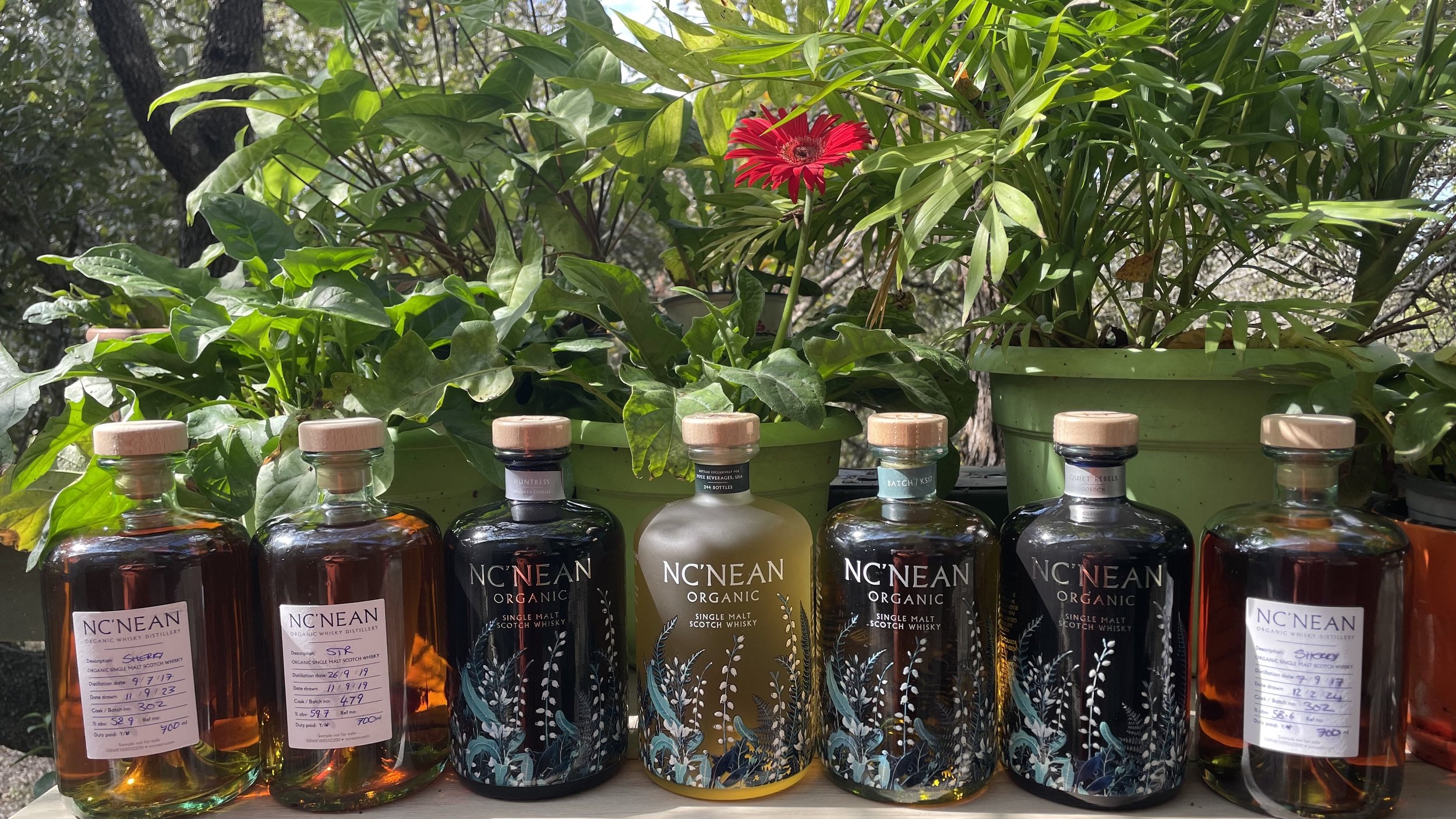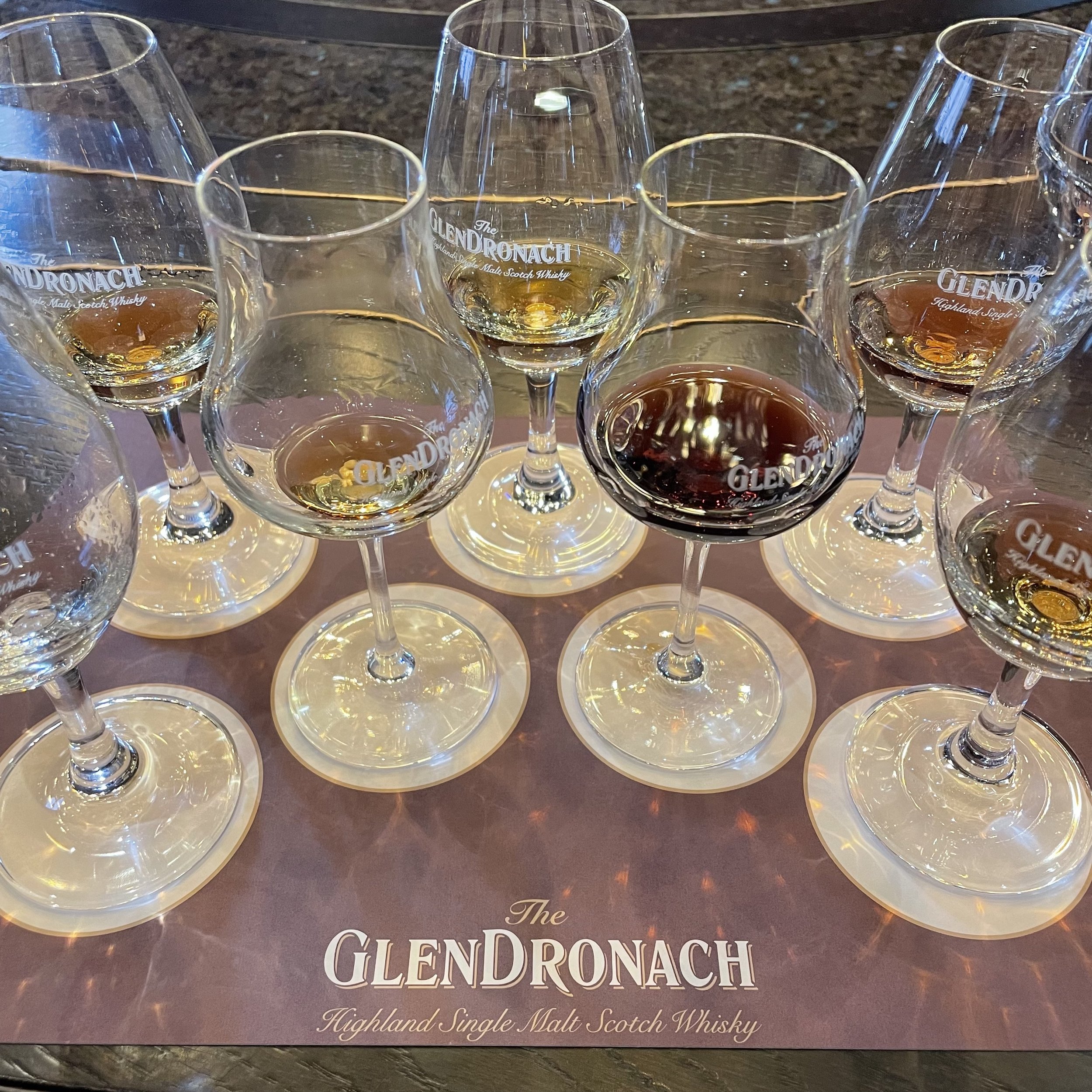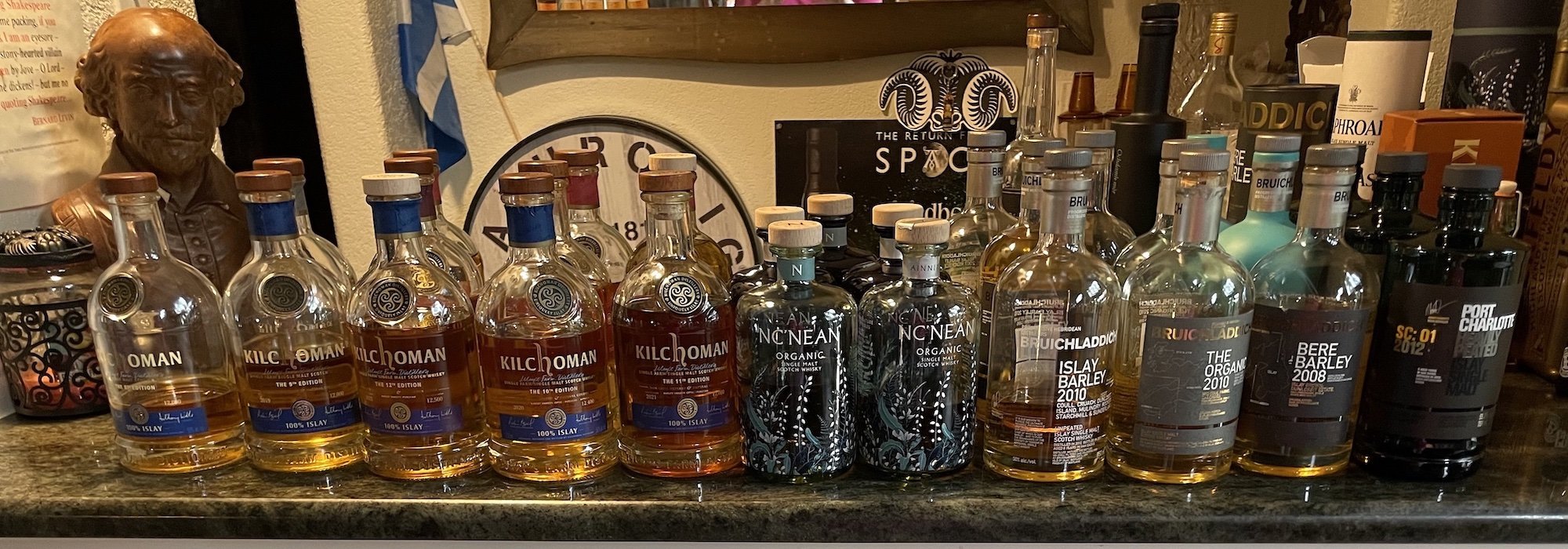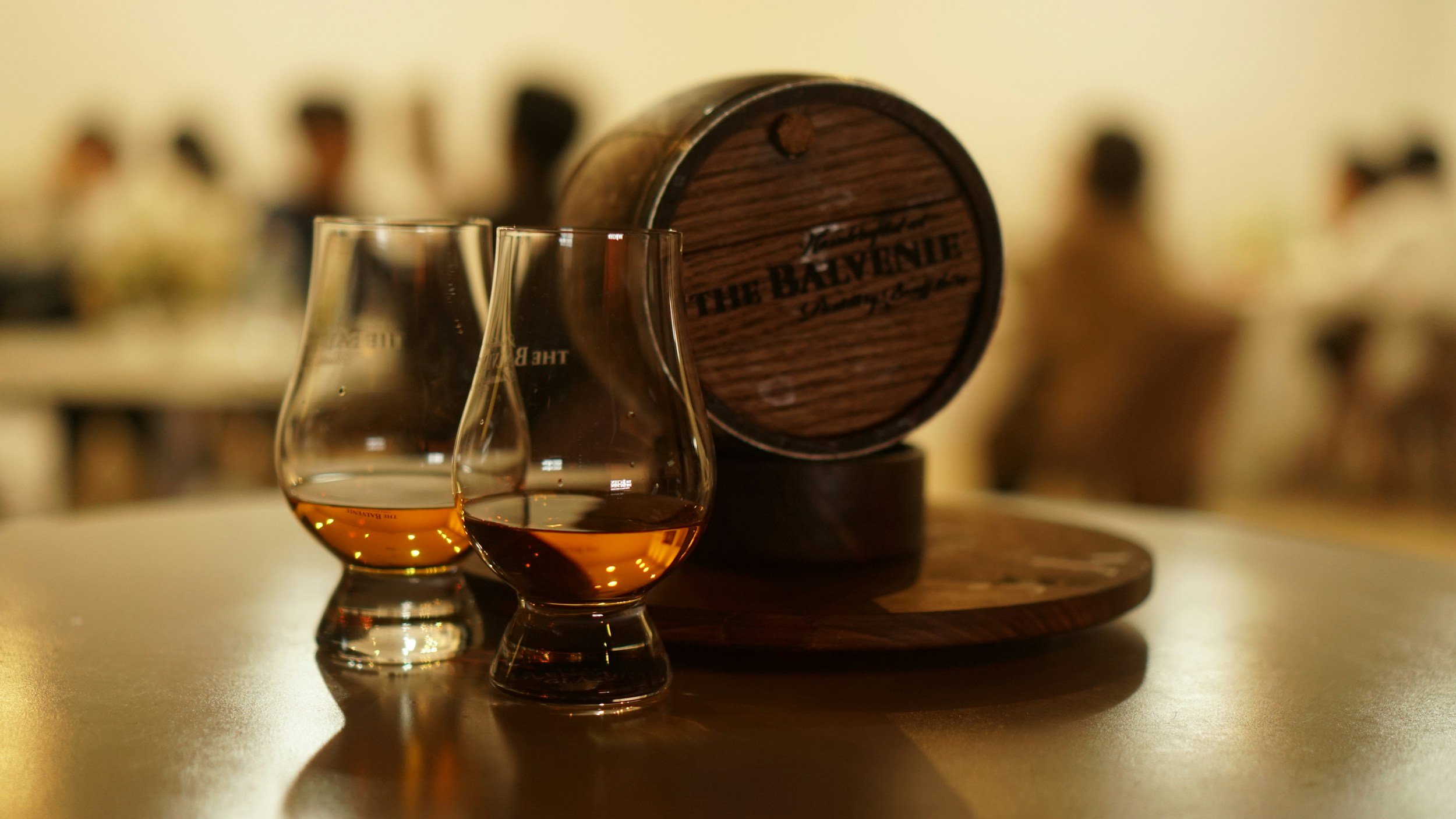
A Gathering of Central Texas Whisky Lovers

The Austin Scotch Lovers is an educational and social group for people 21 and over.
If you want to learn about Scotch and share your love of Scotch with others then this is the group for you!
Our group is primarily for people living in the Austin Texas area, but we do welcome folks from other locations!
We have events where people learn about and taste Scotch and other whiskies.
We welcome every level of Scotch Lover, from the newest fans who just had their first dram to seasoned experts who can lead every class.
We are a friendly and welcoming group and want to share our love of this great spirit with YOU!


When drinking and learning about Scotch, a person is embarking on a journey that will take them walking through the Grassy Lowlands, meandering through Campbelltown, sailing to the legendary Isles and Islands, exploring the Western Wilderness, climbing through the majestic Highlands, and wandering along the legendary waters of the River Spey!
We are all in one glorious place: Scotland!
The delicious Scottish water, the hearty barley, the rich peat and the industrious yeast create it; time and the Scottish air, full of the sea, smoke and heather, caress it and lovingly nurture it, and the barrels finish the process providing color and flavors from beginning to end. We give the Angel's their share, and raise our drams in fellowship and love of the precious spirit once known as uisge beatha, but loved the world over as Scotch Whisky.


THE GROUP
The Austin Scotch Lovers have a variety of get togethers, both small and large, centered around Scotch education and appreciation.
We meet at least once a month at members' houses to share whisky at the monthly socials. These have a loose theme you may participate in or not and often include the chance to try other whiskies outside of Scotch. There is an educational component but these are relaxing get togethers for tasting, eating, and cigars.
We have regular theme nights focusing on one distillery, usually including an opportunity to split a high end bottle. These allow you to dive deep into one distillery.
We offer Introduction to Scotch classes.
We enjoy occasional zoom classes with distillers from around the world.
Brands and reps come to Austin to promote their whiskies and we get to attend events and classes with them.
We have occasional events that are connected to whisky or connected to people in the group, like live music opportunities from members in a band, or playing mini golf and drinking Scotch, for example.


Join Us in Scotland
2024 was the inaugural Austin Scotch Lovers trip to Scotland!
Join us Summer 2026 as we travel back for 2 weeks filled with whisky, adventure, and fun!


RESOURCES
The Austin Scotch Lovers are first and foremost an educational group and as such, includes some resources to help members learn more about Scotch if they wish.

Featured Posts

Meet Catherine
Catherine Sikora started the Austin Scotch Lovers in August of 2014. She fell in love with Scotch on her first trip to Scotland in 2009 and wanted to find more people in Austin with whom to share her love!
Forming this group created a way to help bring Scotch Lovers together to share bottles, tastes, knowledge, and have fellowship around a common love. Catherine has been married to Steve Alexander since 1996 and is infinitely and eternally grateful to Steve for his incredible patience, support, and love, without which the Austin Scotch Lovers could not exist.















